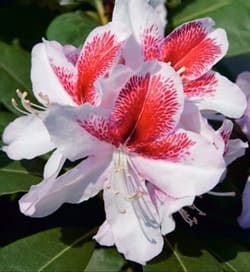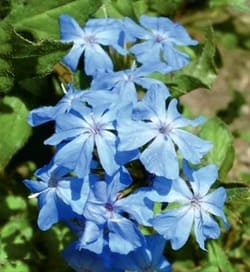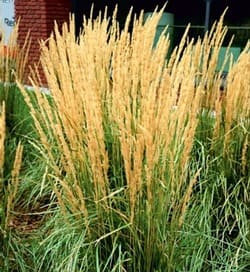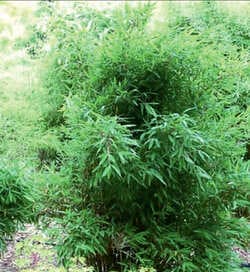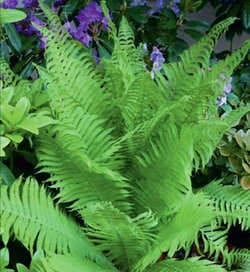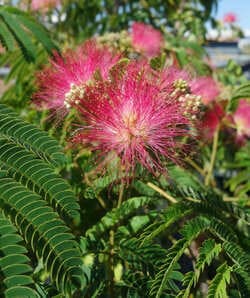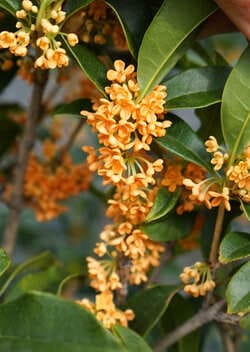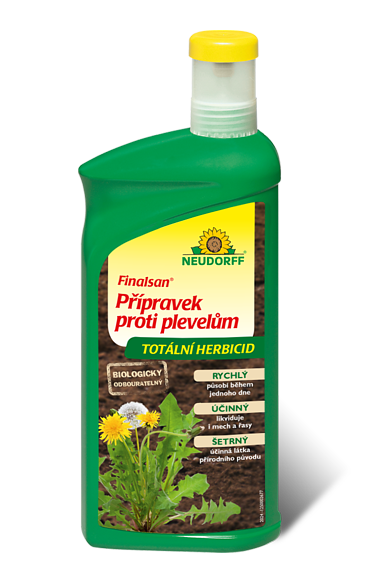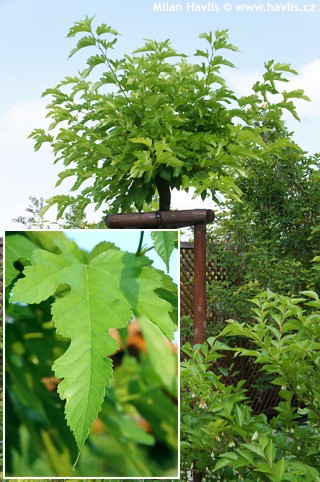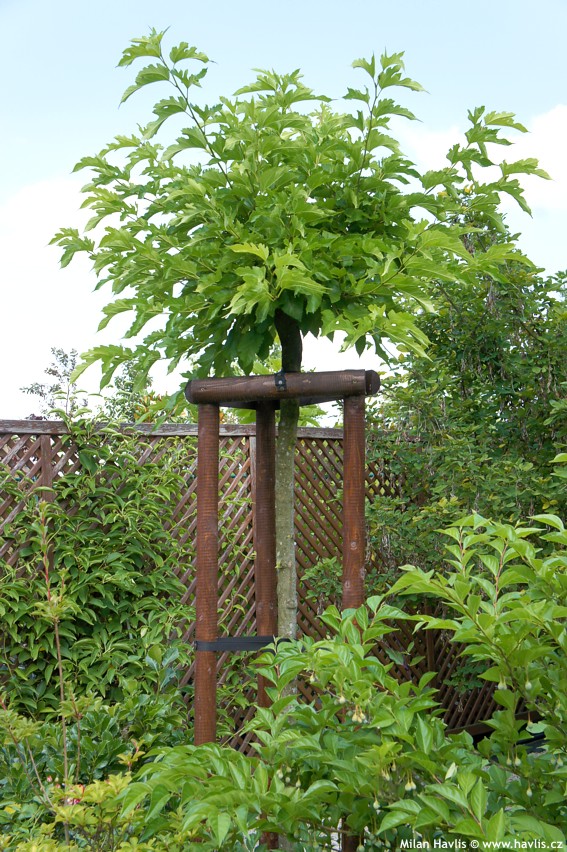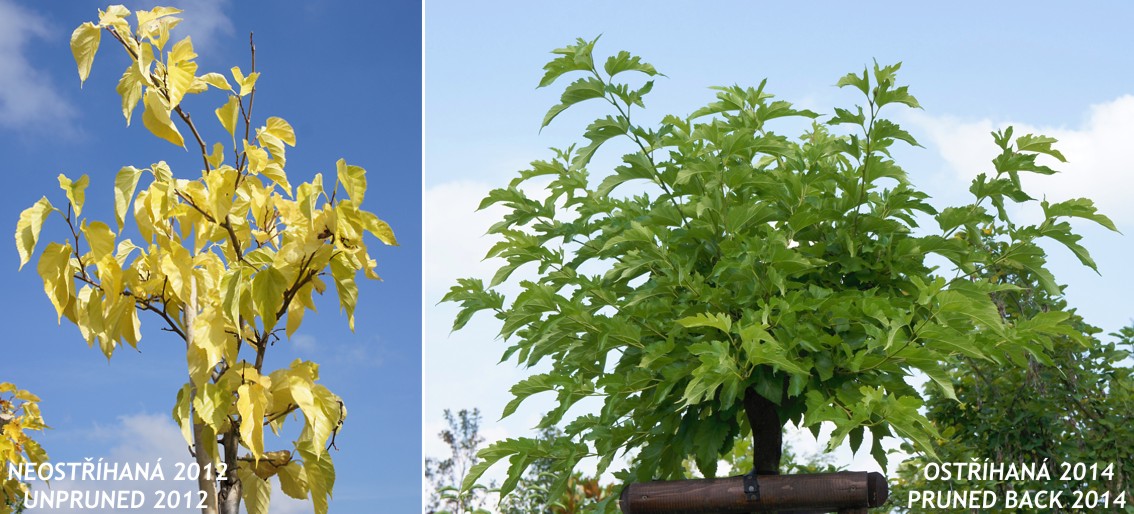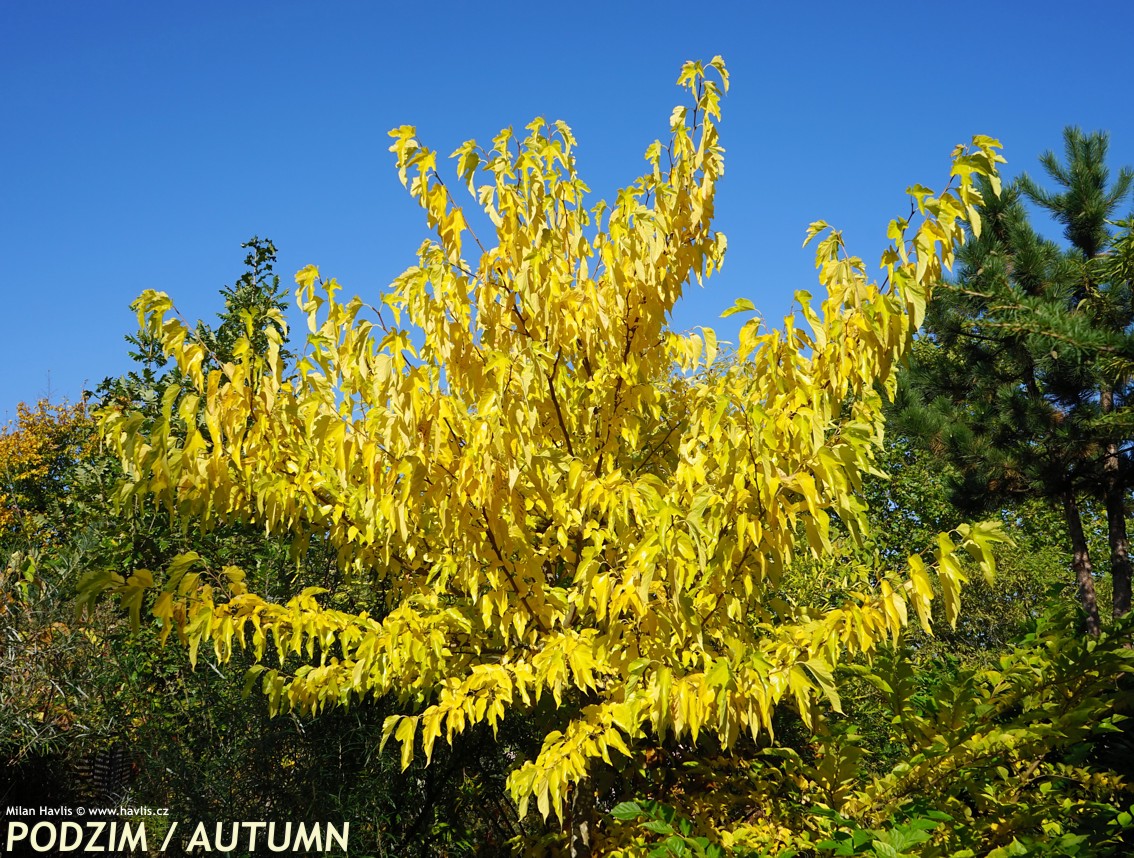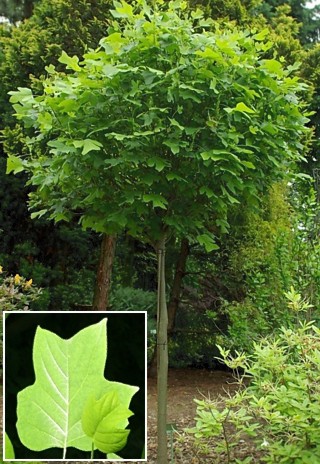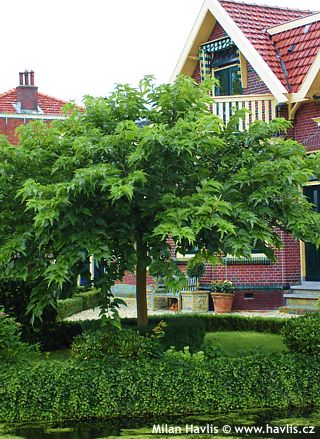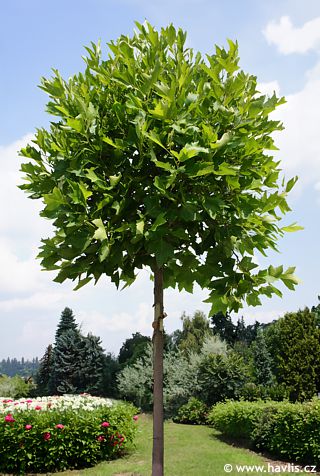Morus trilobata 'TESI UBALDO' three-lobed mulberry
Morus
The three-lobed mulberry bears the synonym Australian mulberry, even though it most likely originates from the Guizhou province in China. It was only recently classified and described as a distinct species – in 1991 – by Chinese botanist Siu Shih Chang. It’s a rare or even unknown species that somewhat resembles the platan-leaved mulberry cultivar ‘Macrophylla’, and there’s speculation that ‘Macrophylla’ may have emerged through genetic contributions from the three-lobed mulberry.
Tesi Ubaldo was a plant nursery in Tuscany until 2015, which, during its long existence since 1928, introduced several interesting plant selections – including the namesake variety of this three-lobed mulberry. Compared to the species, this variety features more pronounced marginal lobules and a shorter main blade, so its leaves no longer resemble the common name Chicken Claw Mulberry. Their irregularity actually adds charm and uniqueness: triangularly lobed leaves with numerous irregular, papermulberry-like side lobes along the margins. They are deciduous, 15–25 cm long (though most of the length is taken up by a narrow, elongated tip), 10–15 cm wide, very glossy, vibrant green during the season, and in autumn they turn a fantastically buttery yellow.
It flowers in early summer, and by July, its edible mulberries – about 3 cm long – begin to ripen. Right from the start I must say unequivocally: for me, these are the tastiest mulberries I’ve ever eaten. They’re juicy, rich in flavor, and reportedly achieve the highest sugar content (on the Brix scale) among observed cultivars. Besides that, they’re highly nutritious and counted among superfoods: packed with vitamin C, iron, potassium, and fiber, plus potent antioxidants like anthocyanins, rutin, and resveratrol. Thanks to their low glycemic index and DNJ – a compound that slows sugar absorption - they’re also suitable for diabetics. They benefit immunity, digestion, vascular health, and with their low-calorie content, they’re a guilt-free treat.
You can harvest them once they turn deep red – when they come off easily – or let them ripen fully into near-black, though then there's the risk they’ll begin falling from the tree. Fascinatingly, they barely stain – so your fingers, or your kids after picking and eating them, won’t end up purple 😊. The tree bears generously on short branches along last year’s wood, so if you're growing it for fruit, don’t prune it hard in spring. If needed, and to avoid compromising next year’s yield, you can lightly prune right after harvest.
It’s a low to medium-growth tree with a crown that spreads like an umbrella or a wide-brimmed hat. If in spring you prune all the previous year’s branches down to about 10–20 cm, the crown becomes flat and umbrella-shaped – but produces very few fruits (virtually none). During summer, shoots can grow a meter or more. Without pruning, the crown forms more of a dome, with annual growth of about 30–40 cm. In either case, it creates a beautiful small tree with a romantically spreading canopy – the only thing missing beneath it is a bench or a picnic basket 🧺🍷🍰.
Find it a nice, wind-sheltered spot where it can shine as a solitary specimen. It tolerates any well-drained soil, but in deep, fertile earth it will grow faster and develop larger, more ornamental leaves. It thrives with clay in the lower soil layers, which makes it stronger and richer once its roots reach it – but never plant it directly into solid clay. It needs soil with good drainage to avoid drowning. Fertilizing is unnecessary. Trees with trunks need a solid wind-support tie for 3–4 years after planting. Hardy down to at least −27 °C (USDA zone 5b) – greater hardiness has yet to be verified.
Last update 15-02-2018; 22-07-2025












